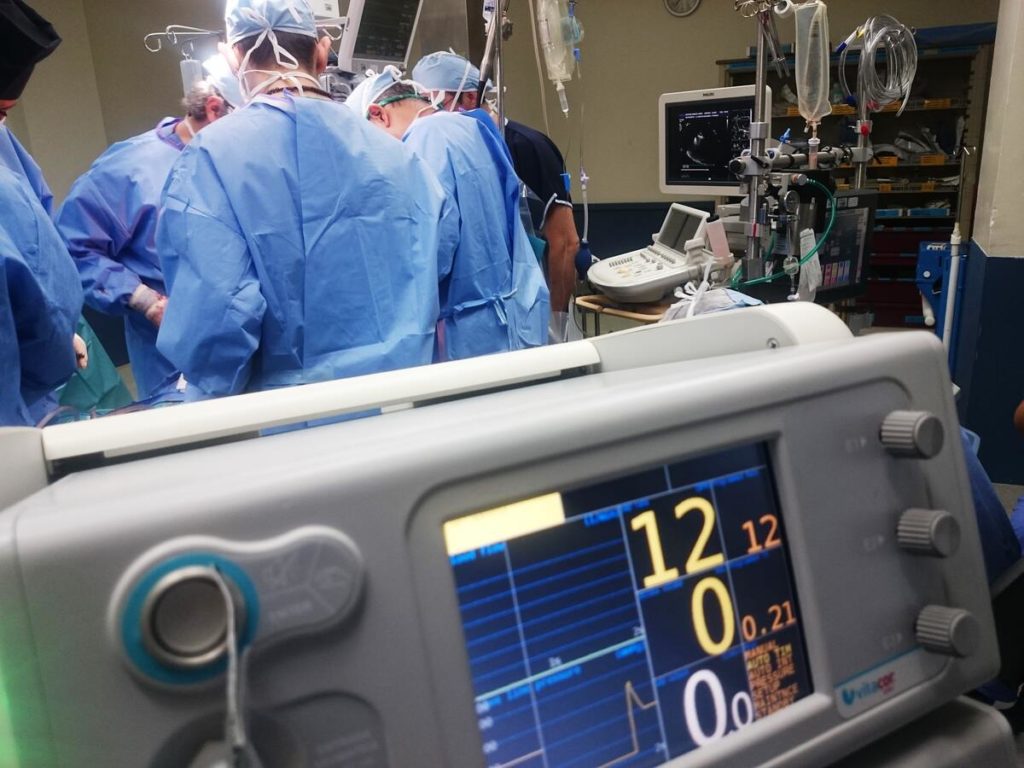When the first cases of COVID-19 occurred, we were confident that the virus was nothing worse than the flu. Many countries in the world remained complacent. Home quarantines weren’t seen as necessary until it was too late.
The virus crossed oceans and penetrated barriers fast. Cases in the U.S. and all over the world rose at a staggering rate. Before we knew it, hospitals were full. Worse, the healthcare industry faced shortages in medical equipment. There weren’t enough masks and ventilators. Soon, doctors and other healthcare workers themselves got infected.
Until today, despite the number of people who already got vaccinated, COVID-19 cases are still rising. It’s wearing our hospitals out, affecting staff productivity and services for non-COVID-19 patients.
Top Productivity and Service Challenges Hospitals Face Today
-
High Costs, Low Productivity
Many hospitals already face productivity issues before the pandemic. These issues raise healthcare costs faster than the GDP. In 2017, for instance, healthcare spending increased 3.9%. It totaled $3.5 trillion or nearly 18% of that year’s GDP. However, approximately 30% of that amount was wasteful or excess spending. It included unnecessary or inefficiently delivered services, excess administrative costs, high prices, missed prevention opportunities, and even fraud.
As with any industry, hospitals have two choices to reduce costs: use fewer services or increase productivity. Hospitals tend to lean on using fewer services, considering that the industry overuses many services, some of which are harmful. However, spending less doesn’t necessarily solve cost problems. In the end, hospitals still need to increase their productivity.
Hospitals use technology to ease some of their productivity issues. But technology doesn’t fully prevent burnout among healthcare workers—especially today, with COVID-19 patients filling wards and intensive care units (ICUs) nonstop.
-
Full Capacity, Few Supplies
Hospitals have been running at full capacity since the first wave of COVID-19. But supplies are alarmingly low. In other countries, especially India, patients are forced to receive care in parking lots or inside their cars. There are not enough beds inside the facility, not to mention wards and ICUs are all occupied.
In addition, supplies of oxygen tanks run low. Some patients buy them on their own, while others are forced to travel to farther hospitals with available tanks. To mitigate this problem, some hospitals responded by shortening their patients’ length of stay. It did work on making more rooms available, but it had an unintended consequence. The re-admission rate to the ICU increased, increasing the demand for ICUs yet again.
-
Deferred “Non-Urgent” Visits
To focus on treating COVID-19 patients, hospitals deferred “non-urgent” visits or medical appointments unrelated to COVID-19 or any other serious illness. Services for non-urgent visits were considered unnecessary, which raise healthcare costs. But the deferrals may have unintended consequences, like the early discharge strategy. It may lead to later hospitalizations requiring higher levels of care. Duration of stay may also lengthen, and so does re-admission rates.
Solutions to Low Productivity and Deferred Services
Fortunately, hospitals don’t need to spend a lot of money to resolve these issues. They need to adjust their policies and enhance what they already offer.
To accommodate non-urgent visits, hospitals can innovate their outpatient management. This will benefit patients at high risk of requiring acute or inpatient services, such as hypertension, diabetes, and triage patients.
Many hospitals use telemedicine for these types of care, but they can increase their digital engagement further. Outsourcing in the healthcare industry can reduce costs while allowing hospitals to provide in-demand services. In addition, a study has found that outsourcing doesn’t inevitably lead to an elimination of full-time healthcare staff. Hospitals can retain valuable talent and provide quality care for all patients at the same time.
To prevent re-admissions, healthcare professionals should make careful decisions before discharging patients early or postponing care. The shortage of ICUs is already a bad enough problem; they shouldn’t worsen by increasing the risks of patients needing them suddenly.
Hospitals should also think outside of the box. Focusing too much on the problems within their walls (shortage of beds and medical staff, etc.) puts them at risk of neglecting the challenges faced by home healthcare providers. As pointed out above, innovating outpatient management will reduce risks of non-urgent patients becoming urgent ones. Hence, by streamlining their home healthcare services, high-risk patients can be diverted from hospitals without their conditions worsening.
Of course, these are all easier said than done but possible all the same. If hospitals have an excellent management team, they can execute these strategies and see them bear fruit in no time. The COVID-19 pandemic could go on longer than we all anticipated, so hospitals can no longer let their issues worsen.

